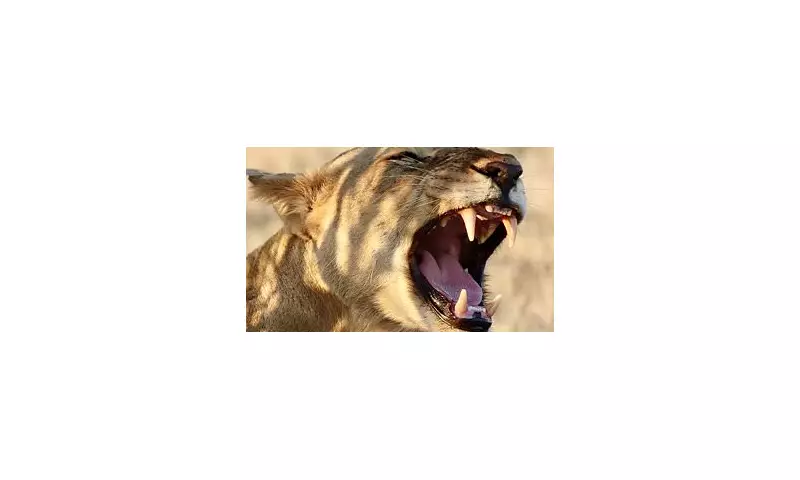
In a groundbreaking discovery that challenges our understanding of animal communication, researchers from the University of Exeter have revealed that African lions produce not one, but two distinct types of roar.
The Two Voices of the King
While the majestic full-throated roar of lions has long been celebrated as one of nature's most powerful sounds – audible from up to five miles away – scientists have now identified what they're calling an 'intermediary roar'.
Lead researcher Jonathan Growcott explained to the Daily Mail: "The full-throated roar is loud, complex and arcs in pitch. The intermediary roar differs by being a flatter sound with less variation."
The researchers confirmed that the intermediary roar always follows the full-throated versions during roaring bouts, creating a sophisticated vocal pattern previously unrecognised by science.
AI-Powered Discovery in Tanzania
The research team conducted their study in Tanzania's Nyerere National Park, home to an estimated 1,700 to 6,900 individual lions. They established 64 recording stations equipped with camera traps to capture lion vocalisations in their natural habitat.
Once the roaring bouts were recorded, the team employed artificial intelligence to analyse the sounds, confirming their suspicions about the second roar type.
Mr Growcott emphasised that both roars occur within the same roaring bout, indicating they serve different purposes within the same behavioural context rather than being used in separate situations.
Conservation Implications
This AI-based approach represents a significant advancement over traditional methods that relied on human experts, which could introduce bias and inconsistency.
"Until now, identifying these roars relied heavily on expert judgment, introducing potential human bias," Mr Growcott explained. "Our new approach using AI promises more accurate and less subjective monitoring, which is crucial for conservationists working to protect dwindling lion populations."
The technology has proven so sophisticated that it can distinguish between individual lions, making population estimation more reliable for conservation scientists.
Beyond the scientific fascination with lion vocalisations, this discovery promises to transform wildlife monitoring and conservation efforts across Africa, providing researchers with new tools to protect these iconic creatures more effectively.





